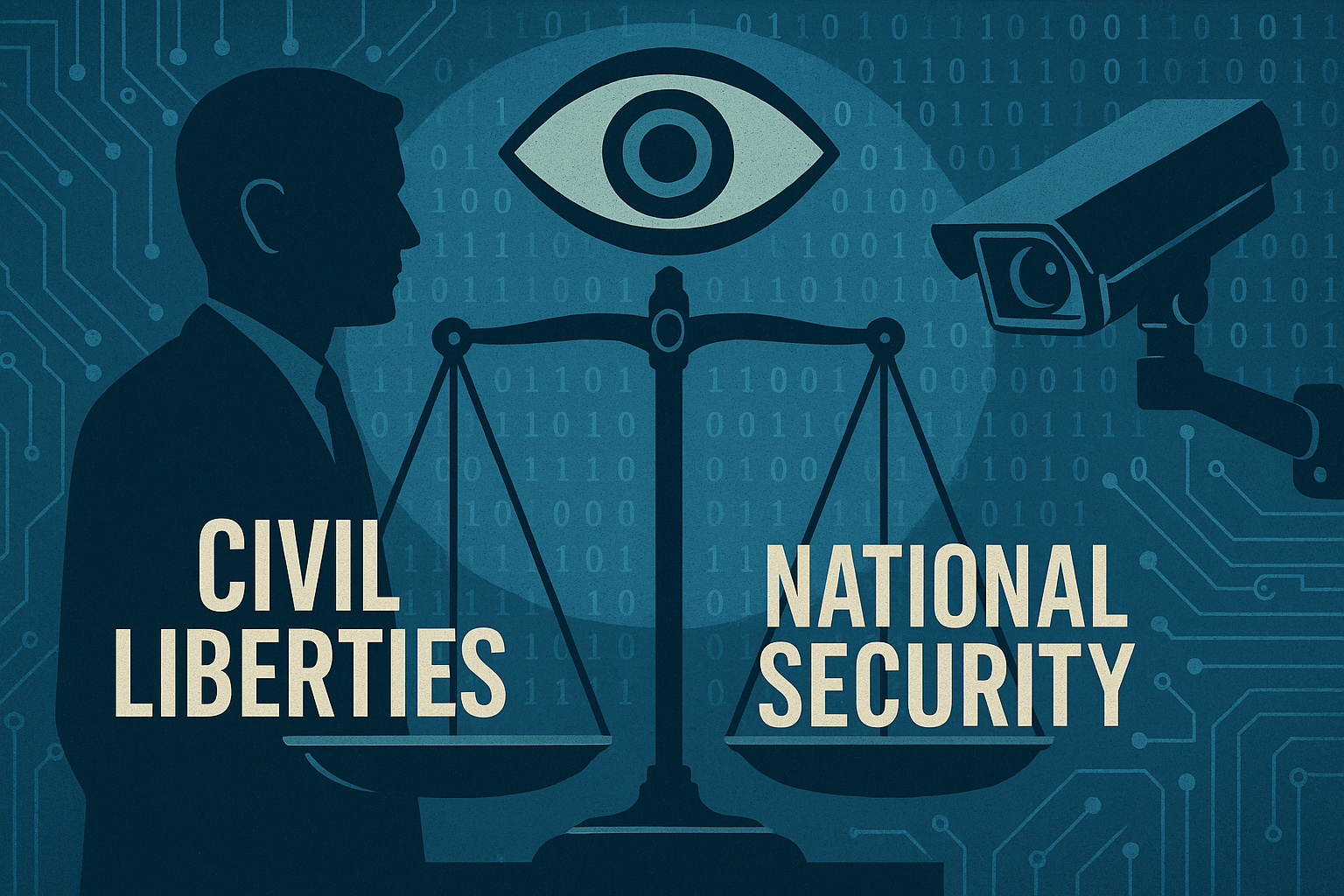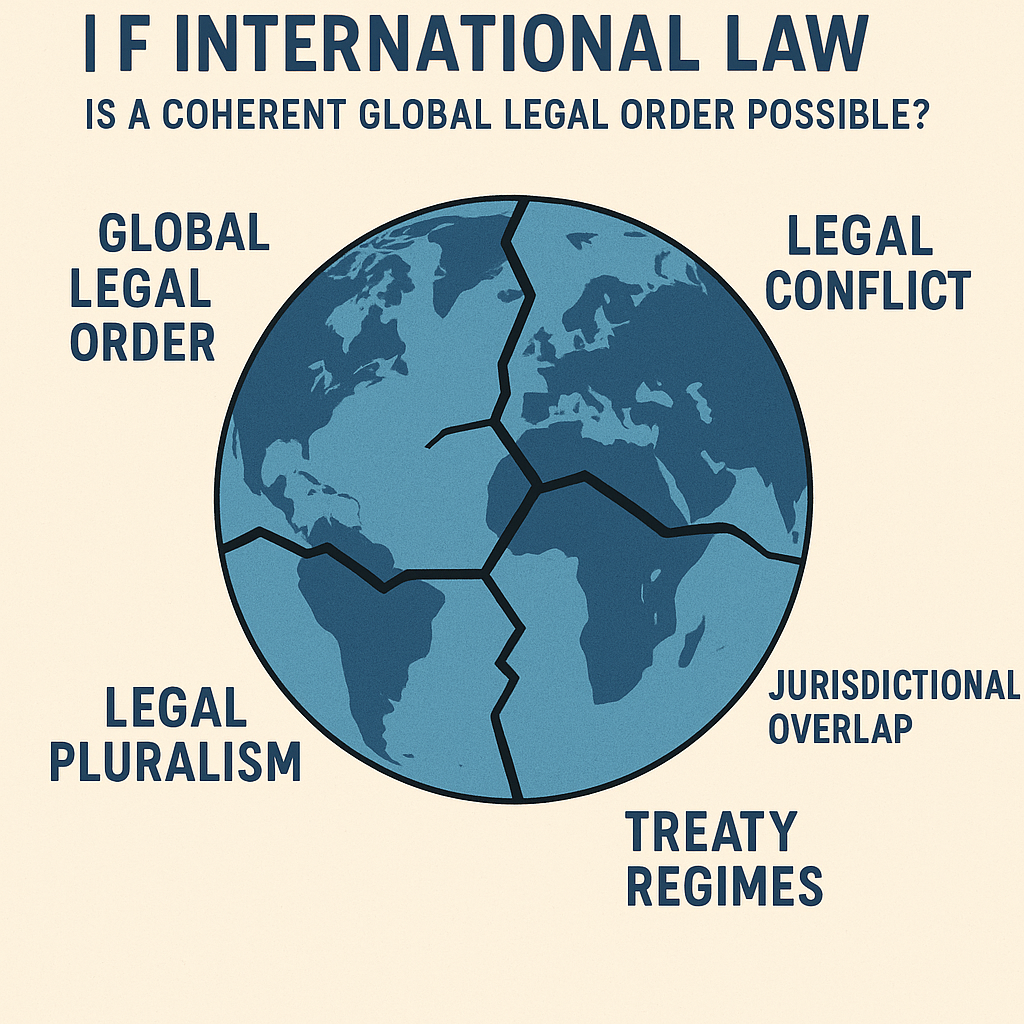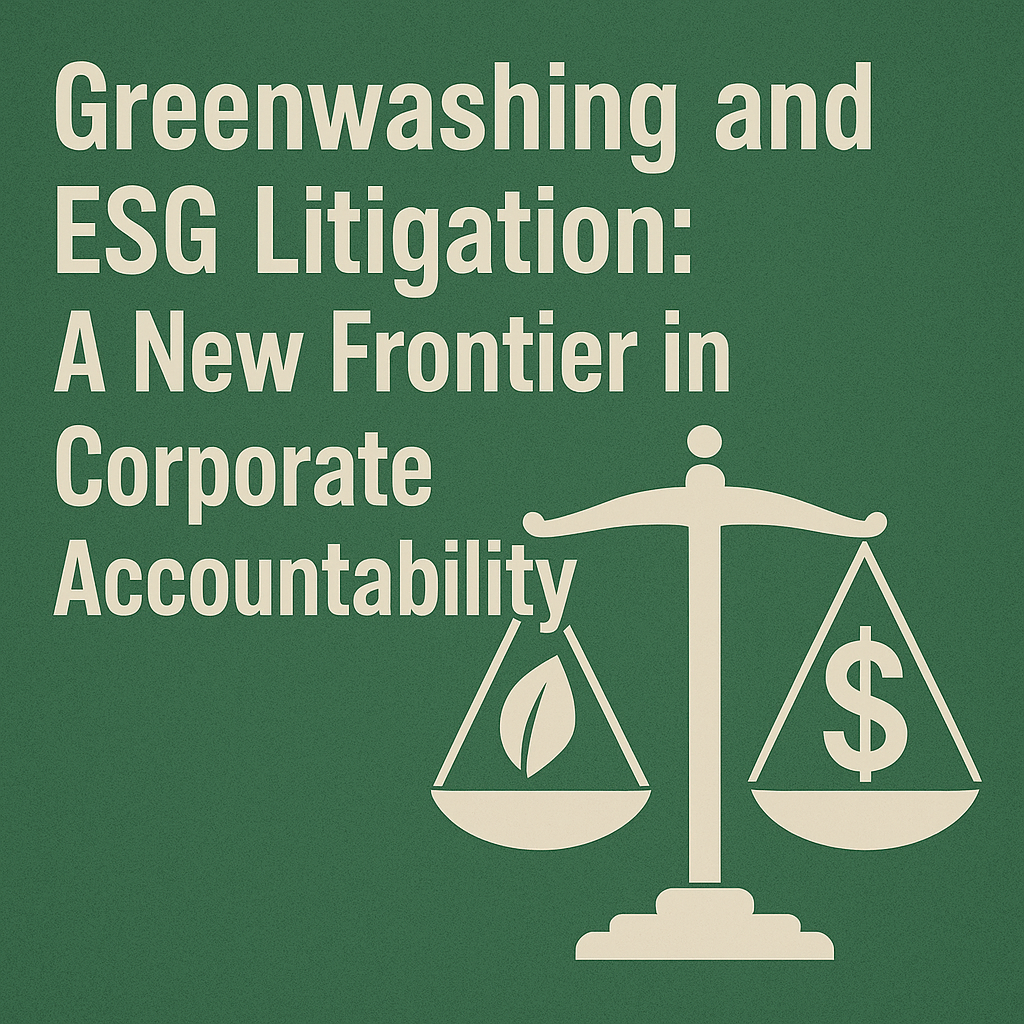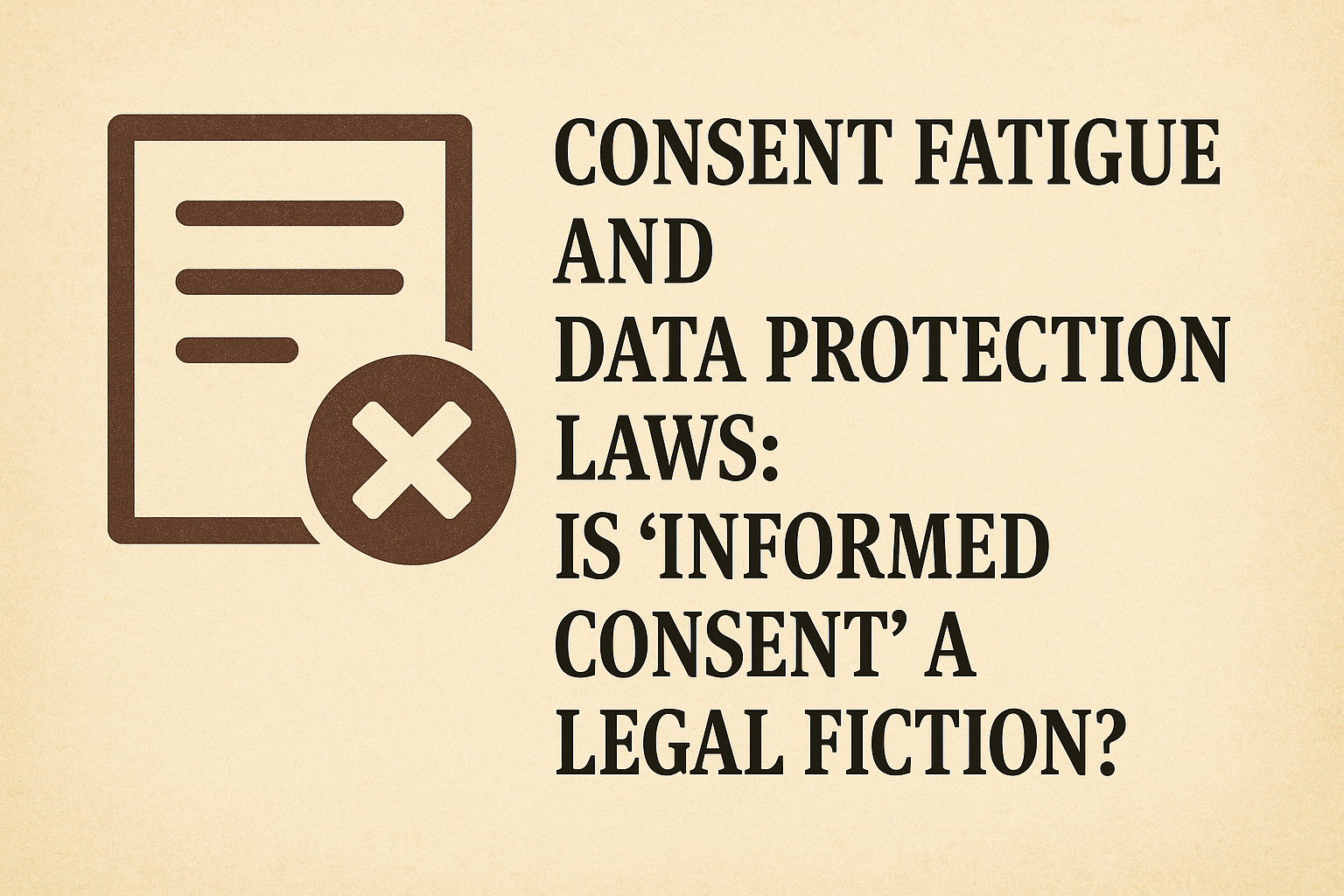Issues
related to section 66A of the IT Act 2000
By- Kavya Jain
Section 66 A of
the Information Technology Act, 2000 was a controversial provision that dealt
with the punishment for sending "offensive" messages through a
computer or communication device. It was widely criticized for its vague and
ambiguous language, which led to several issues and concerns. Section 66 A was
eventually struck down by the Supreme Court of India in 2015 as it violated the
right to freedom of speech and expression guaranteed by the Indian Constitution
under Article 19.
Here
are some of the main issues related to Section 66 A of the IT Act:
1. Ambiguity
in Language: The section did not clearly define what constituted an
"offensive" message, making it subjective and open to abuse. This
lack of clarity led to arbitrary arrests and harassment. It losses its
importance because it leads to creating confusion and doubts in the minds of
the decision makers while imparting justice.
2. Overreach
and Misuse: Section 66 A was frequently misused by law enforcement authorities
to stifle dissent and criticism online. Individuals were arrested for posting
comments or content that merely expressed opinions or criticism, which should
be protected as free speech.
3. Chilling
Effect on Free Speech: The mere existence of Section 66 A had a chilling effect
on freedom of speech and expression. People were hesitant to express their
views online due to fear of potential legal consequences. It is indirectly in
violated of Article 19 because it creates fear in the minds of the general
public that while expressing their views they might land up in serious legal
matters.
4. Violation
of Fundamental Rights: The provision was challenged in court for violating
fundamental rights guaranteed by the Constitution, including the right to
freedom of speech and expression. The Supreme Court ruled that it indeed
violated these rights.
5. Lack
of Safeguards: Section 66 A did not include adequate safeguards to prevent its
misuse. It allowed for arrests to be made without a warrant, which raised
concerns about due process.
6. No
Differentiation Between Content and Intent: The provision did not distinguish
between content that may be offensive or controversial and content that posed a
genuine threat to public order or safety.
7. Impact
on Online Platforms: Online platforms and social media websites faced
uncertainty about their liability under Section 66 A. They often faced pressure
to censor content to avoid potential legal repercussions.
8. Inconsistent
Interpretation: The provision was interpreted inconsistently by law enforcement
agencies and the judiciary, leading to differing outcomes in similar cases.
9. International
Criticism: Section 66 A received international criticism from human rights
organizations and advocacy groups for its impact on freedom of speech in India.
In one of its
landmark judgement namely Shreya Singhal v. Union of India, the Supreme Court
of India, responded to these issues struck down Section 66 A as
unconstitutional. The court held that the provision was overly broad and had a
chilling effect on free speech. This decision was celebrated as a significant
victory for freedom of expression in India. In response to these issues,
Since then,
there have been ongoing discussions about the need for more precise and
carefully drafted legislation to address specific challenges related to online
speech and cyber crimes while safeguarding fundamental rights








